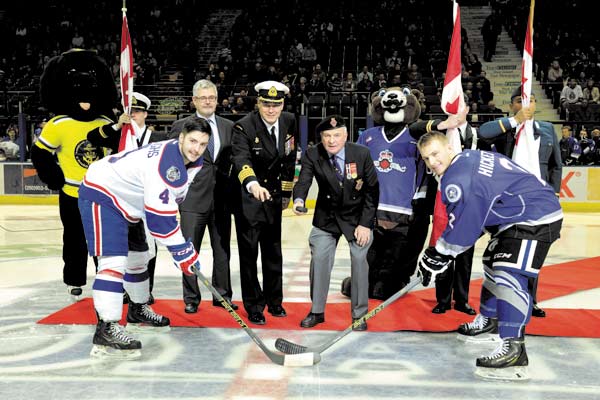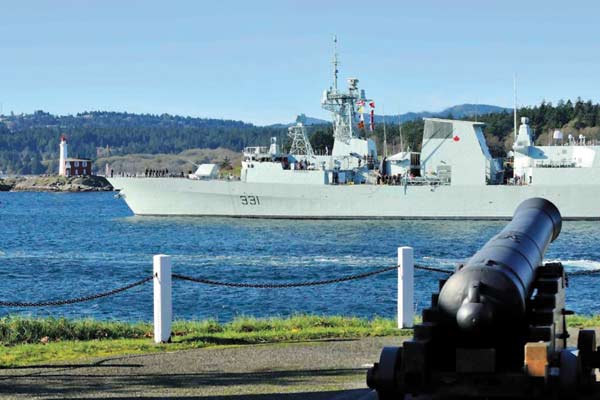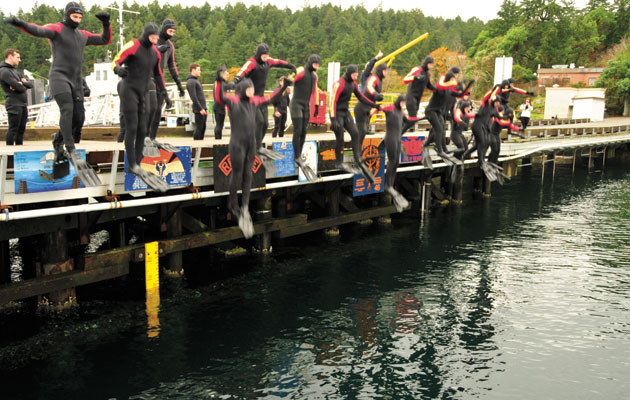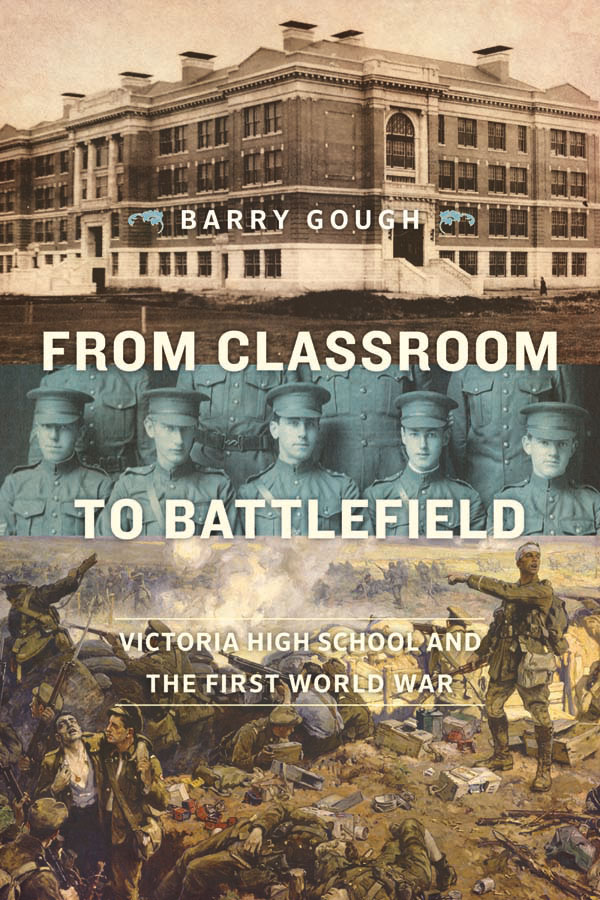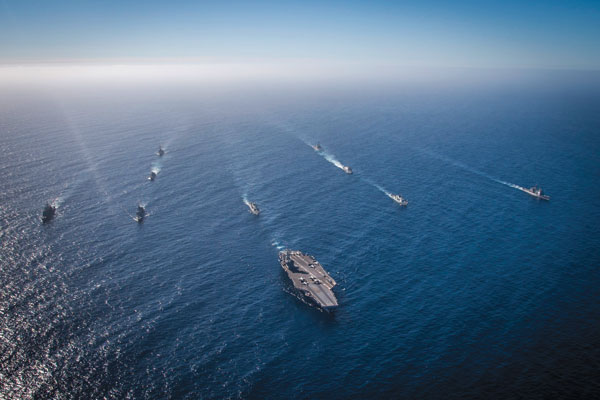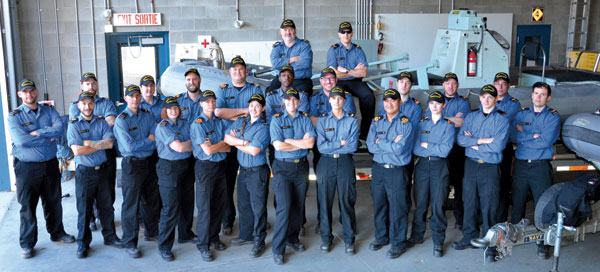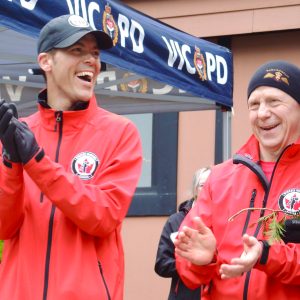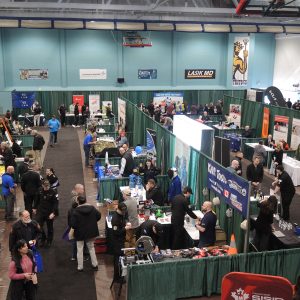
Special Christmas bundle arrives for one sailor
[caption id="attachment_8919" align="alignnone" width="300"] MS Kurt Sheppart on board HMCS Toronto experienced becoming a father anew from the Mediterranean.[/caption]Christmas at sea away from family will always be challenging for a long list of reasons; not the least of which is the addition of a new family member from afar.On board HMCS Toronto one particular sailor experienced becoming a father anew from the Mediterranean.MS Kurt Sheppard, a boatswain and member of the deck department, knew he might miss the birth of his second child when the ship deployed in July 2014, but could not have guessed he would have a Christmas Eve baby.“When I heard that she had arrived, my first thought was: ‘I have to call!’. I can hardly wait to meet Sadie, my daughter. I can’t wait to go home to spend time with my family,” said MS Sheppard.“The most important thing in my life is my family. I love being a dad. It is my first and only priority.”He joined the Royal Canadian Navy in 2000 as a boatswain. Boatswain is referred to as a “hard sea trade,” which means they spend the majority of their time at sea instead of ashore.They are the maintainers of the upper decks, ensuring the upkeep of the ship’s husbandry and seamanship equipment in support of operations.Boatswains are, also, the boat drivers, small caliber weapons custodians, and seamanship experts.There is no civilian equivalent for their job, making it perhaps the saltiest of sea trades.There are 18 boatswains on board Toronto deployed on Operation Reassurance in the Mediterranean Sea.“When I joined, I went boatswain because it was the most interesting to me and I like working with my hands” explains MS Sheppard.“We are the jacks of all trades on board. We get to spend more time outside, physically working than any other trade...












